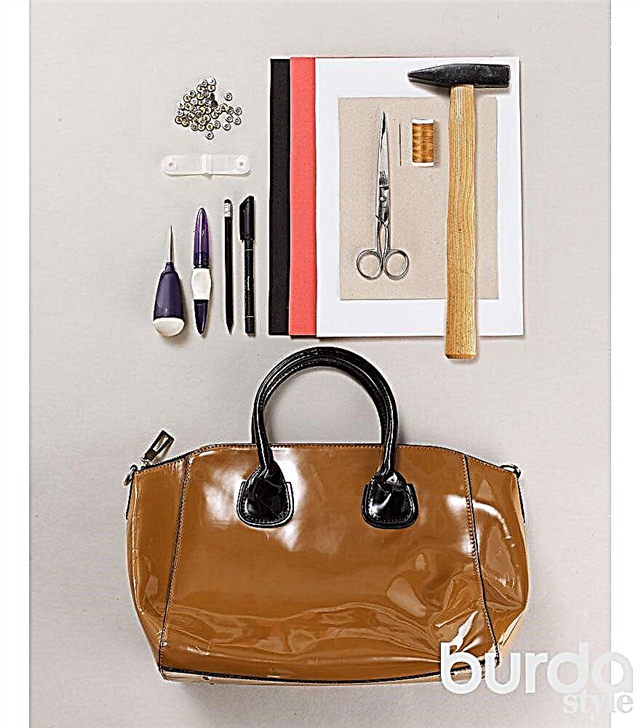If someone prefers to sleep under a blanket without a duvet cover, it is good to make a detachable lining from the fabric so as not to wash the blanket too often.

I knitted a plaid in the form of the American flag for a teenage boy who is fond of US history and traditions. The guy is going to sleep under this rug, not tucking him into the duvet cover. The blanket is half-woolen, rather voluminous, thick, heavy, and washing it too often will be inconvenient. Therefore, it was decided to make a detachable cotton fabric lining on the buttons to remove it and wash it as often as needed.
This idea is suitable for crocheted and knitting blankets and plaids, including for children. The main difficulty is that you need to take into account the elasticity and thickness of a large (in this case 150x200 cm) knitted fabric, and make the buttons fastened so that their use does not stretch the edges of the plaid. The idea can be used for ordinary, not knitted volume blanket. For example, if it is constantly knocked out of the duvet cover, you can sew such a lining.
Be sure to roll the fabric before work. If the lining sits after washing, it will tighten the plaid.
How to decorate fabric

You will need:
- fabric for lining (here - calico), size - according to the size of the plaid + allowances for hem;
- cotton oblique collar with a length of centimeters 20 more than the perimeter of the plaid;
- Sew on flat plastic buttons;
- tape measure;
- ruler;
- pencil, crayon or marker for fabric;
- needle for hand sewing;
- scissors for fabric;
- sewing machine and thread.
Sea blanket-plaid: master class
Step 1

Lay out the plaid on the surface, determine the lines where the buttons will be attached and how many there will be. Cut 4 pieces of slanting inlay for each side of the plaid (side length + a few centimeters of stock). Mark the places for sewing buttons on the collar.
Note: if you are working not with a knitted, but with a blanket sewn from fabric, for this step it is better to use not a slanting inlay, but a keeper tape. Kiper tape is inelastic, denser and will hold buttons better. But if you want to maintain some elasticity of the edges of the knitted product, it is better to take an oblique trim.
Step 2

Sew the lower halves of the buttons on the front side.
Step 3

Sew strips of buttons with buttons from the wrong side along the edges of the plaid. So that no seams can be seen from the front of the knitted fabric, the best option is to sew the needle manually backwards. Grab about half the thickness of the fabric with the needle so that the thread does not extend to the front side. Tuck the ends of the tape and fix it well.

Step 4

Lay out the blanket with the sewn side up side up, determine the desired size of the lining part. Add double hem allowances on each side.Fold the edges twice, iron and stitch, as if you were sewing a sheet. Lay out the lining on the blanket and mark the places for sewing on the upper halves of the buttons.
Step 5

Sew on the top halves of the buttons. Done!
Master class and photo: Natalya Pykhova
Decorative seams for plaid edge processing: 5 ideas based on a loop seam
Old jeans plaid quilt: master class
Original do-it-yourself patchwork plaid
Crochet: plaid and pillow
Knitted plaid with a dog



